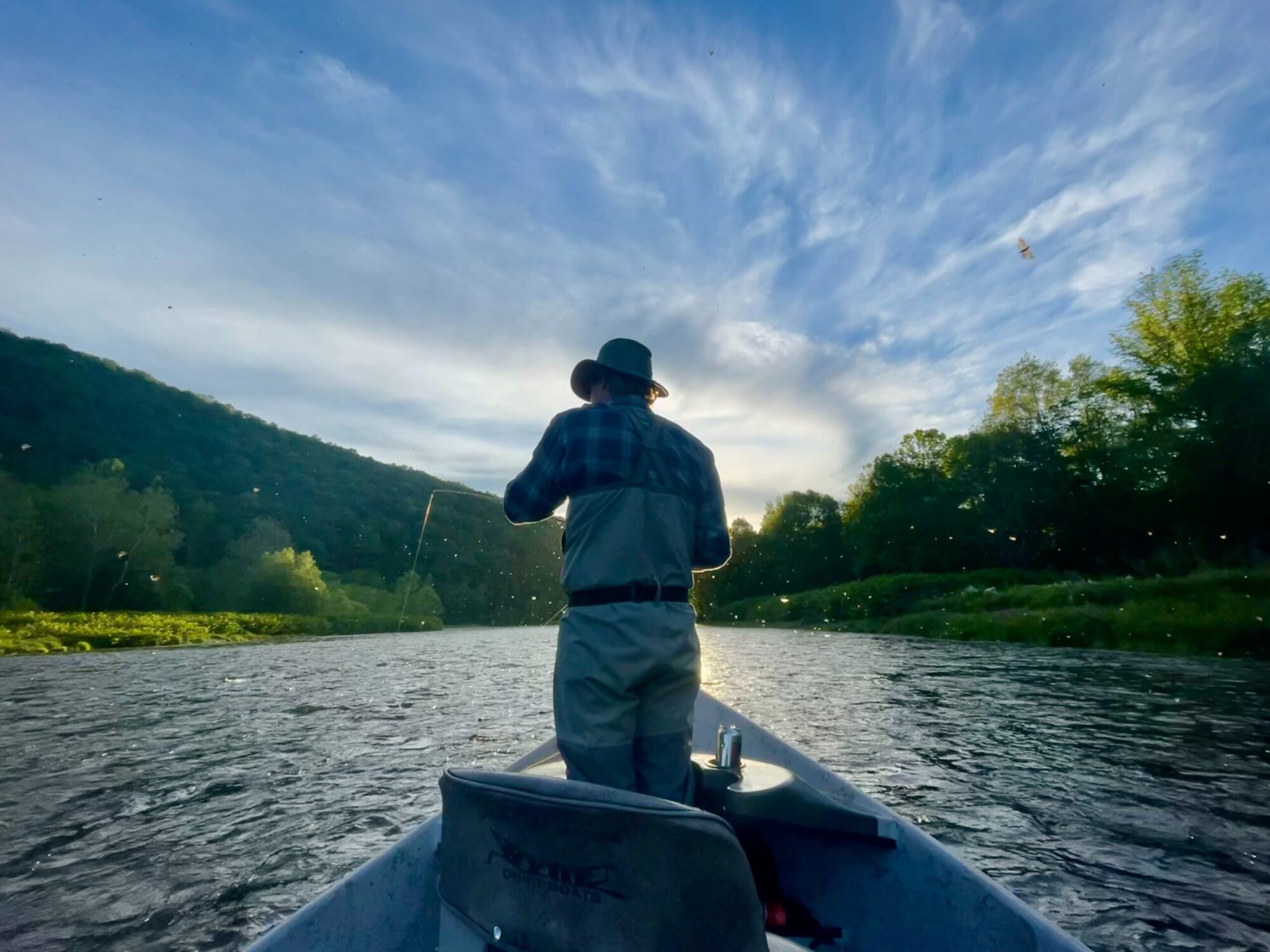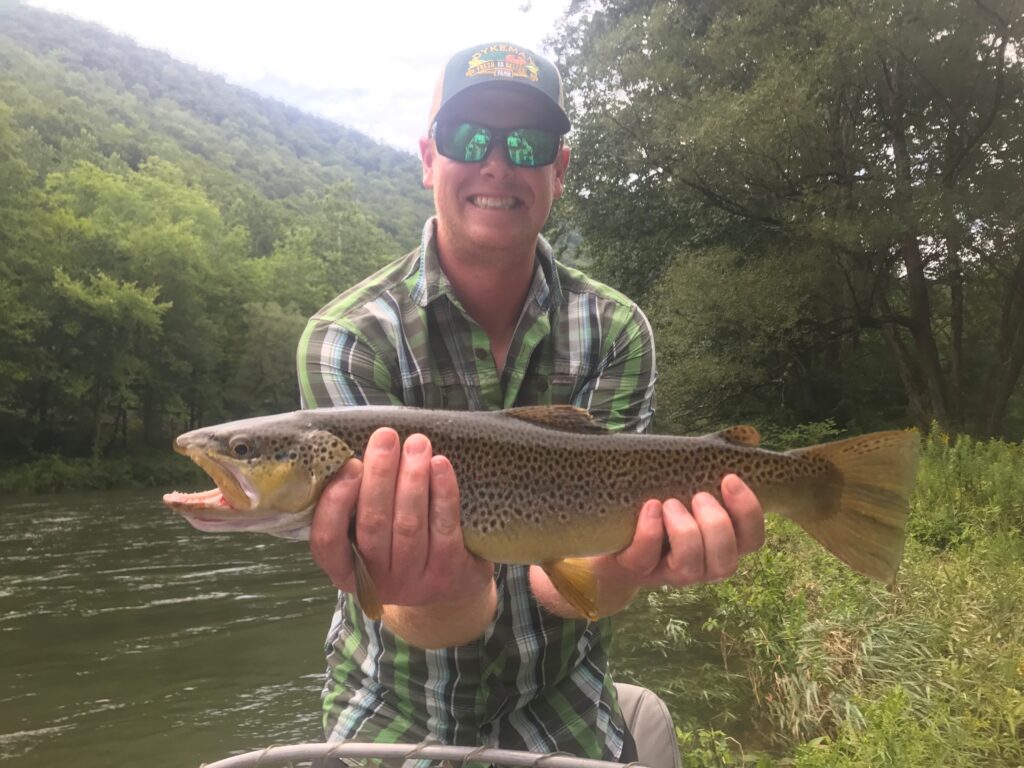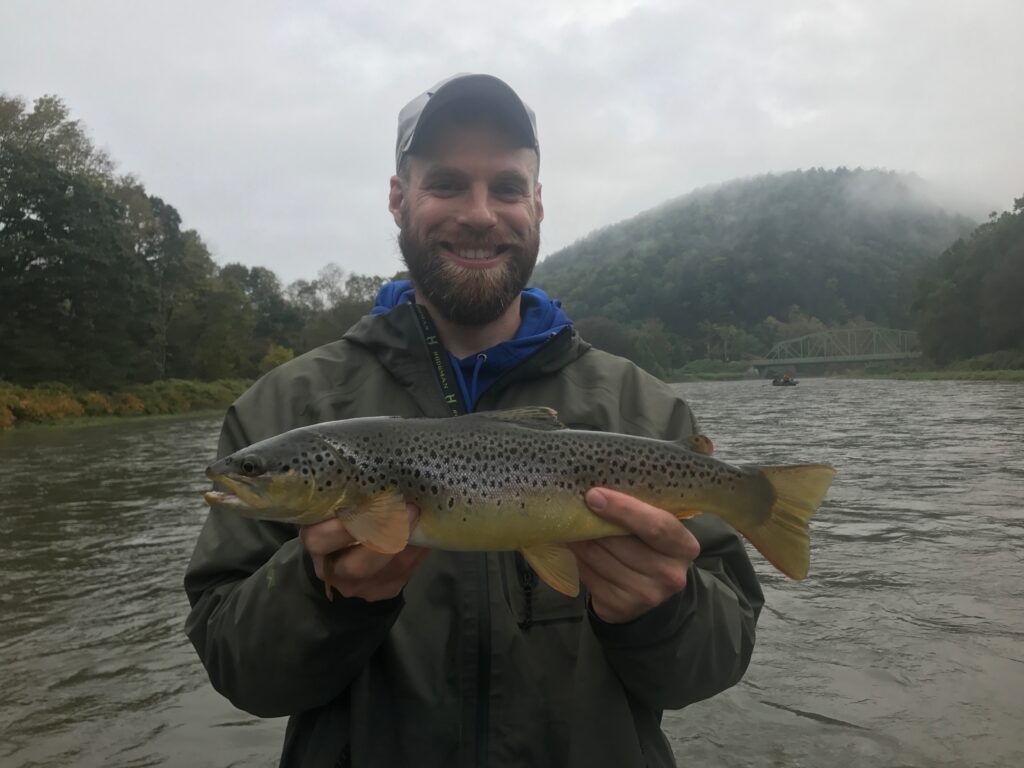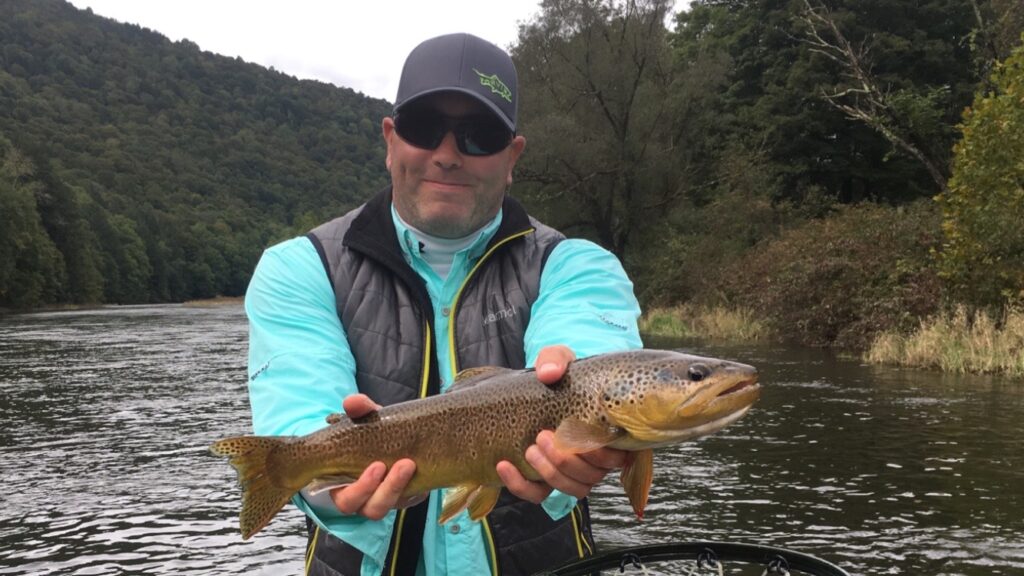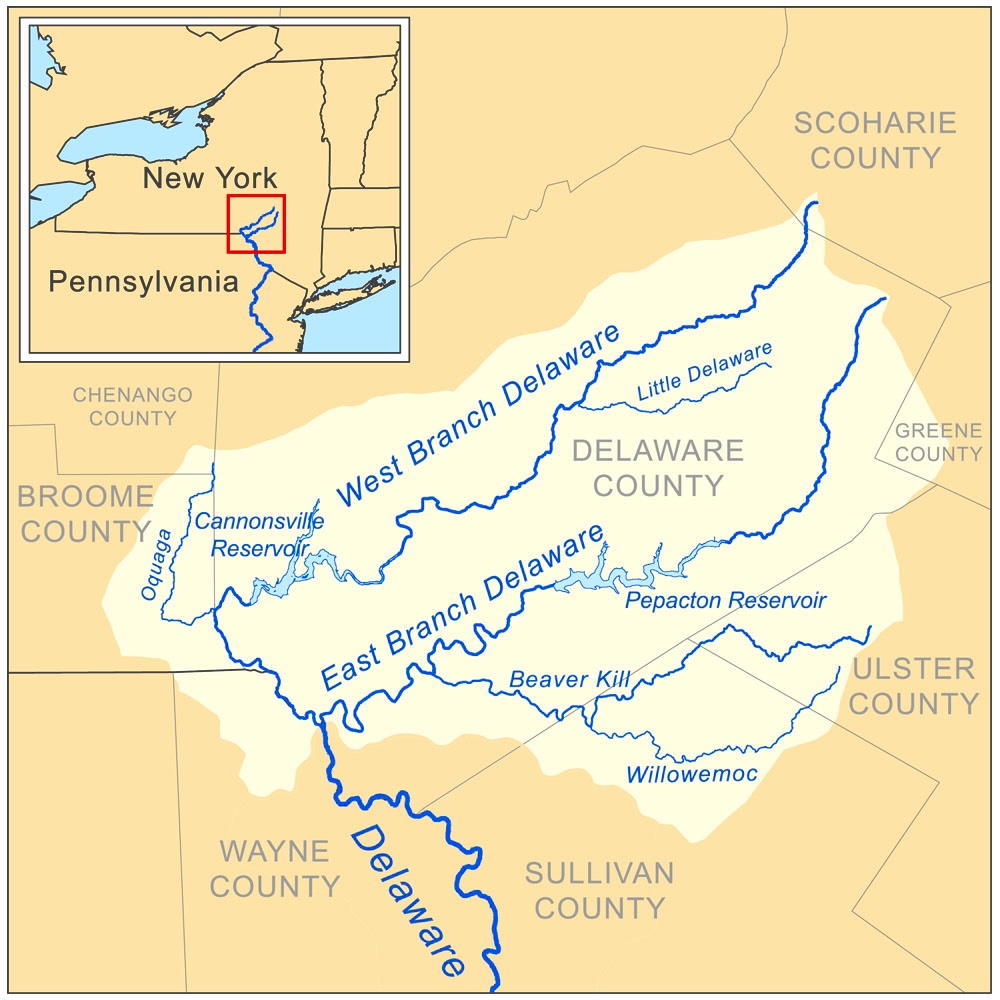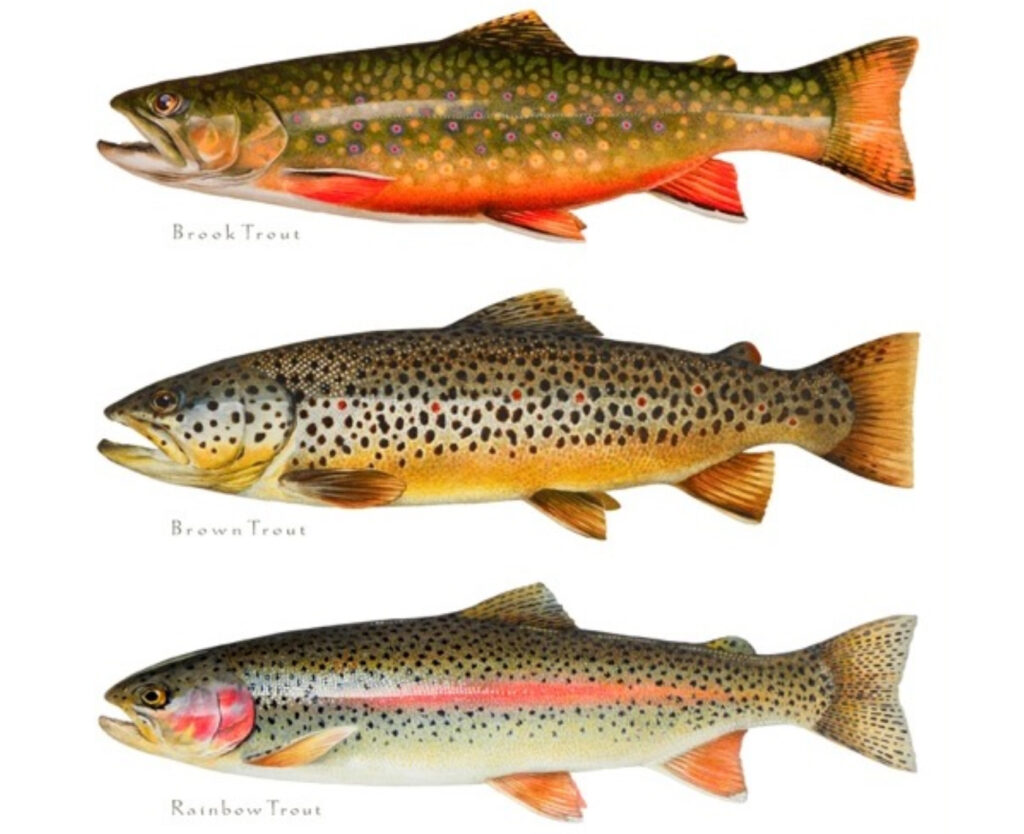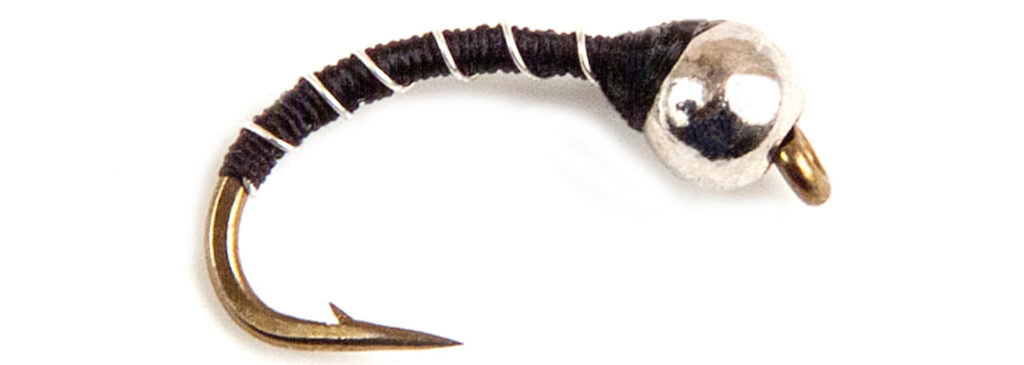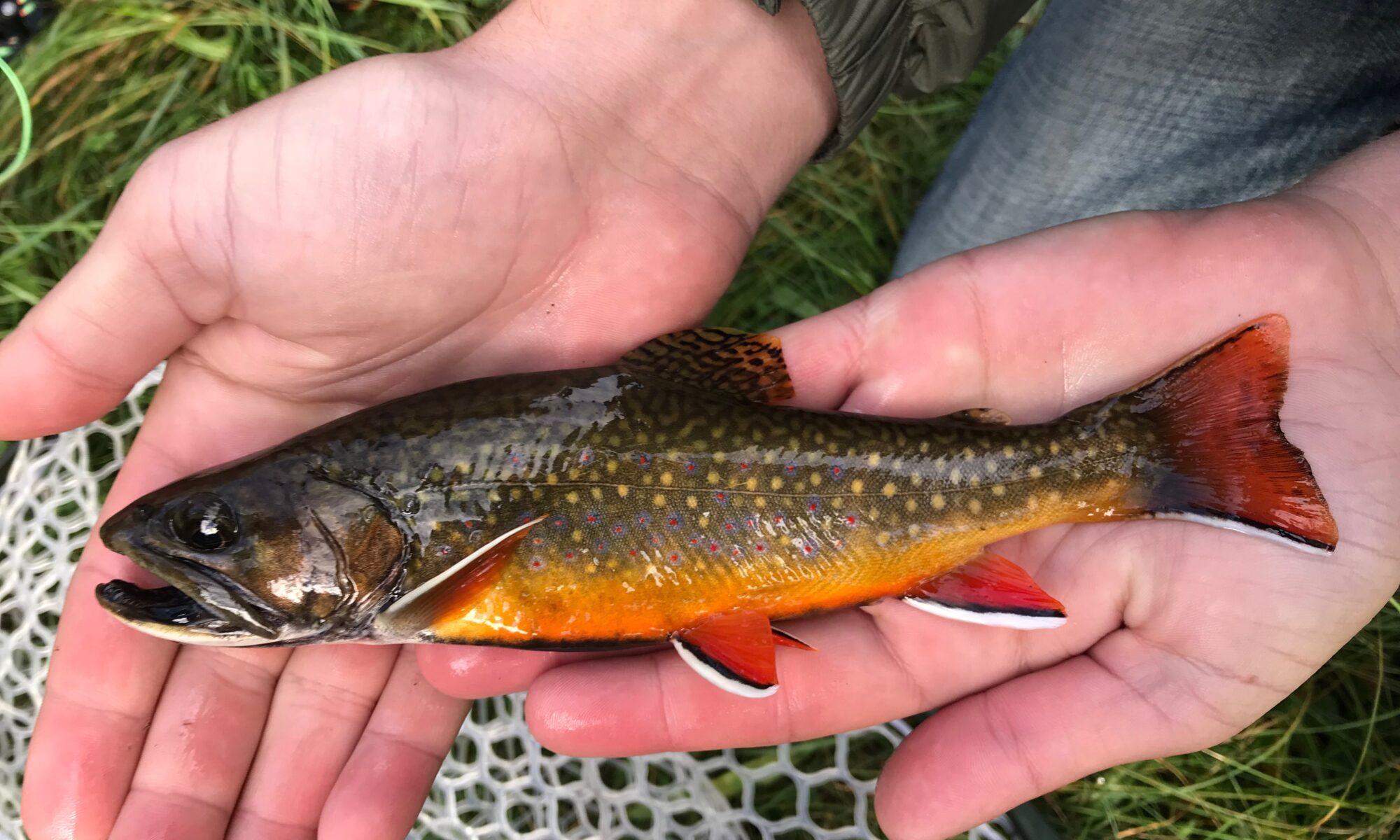Currently the Upper Delaware, Beaverkill and Willowemoc all are about to get a early spring weather front. What does this mean for the system?
The spring storms that happen every year are what keep the fish happy throughout spring and early summer. Low water can create less hatching bug habitat, warmer temps and alert fish. This year so far has been a low water late winter and the fishing pressure is high. When this weeks water comes down the boats will be back around the system. The wade anglers will have big water but if all plans out will still have great spots to access. As of right now the east is predicted to push the 1,000 cfs mark. The west branch is suppose to hit 1,200 cfs over the weekend.

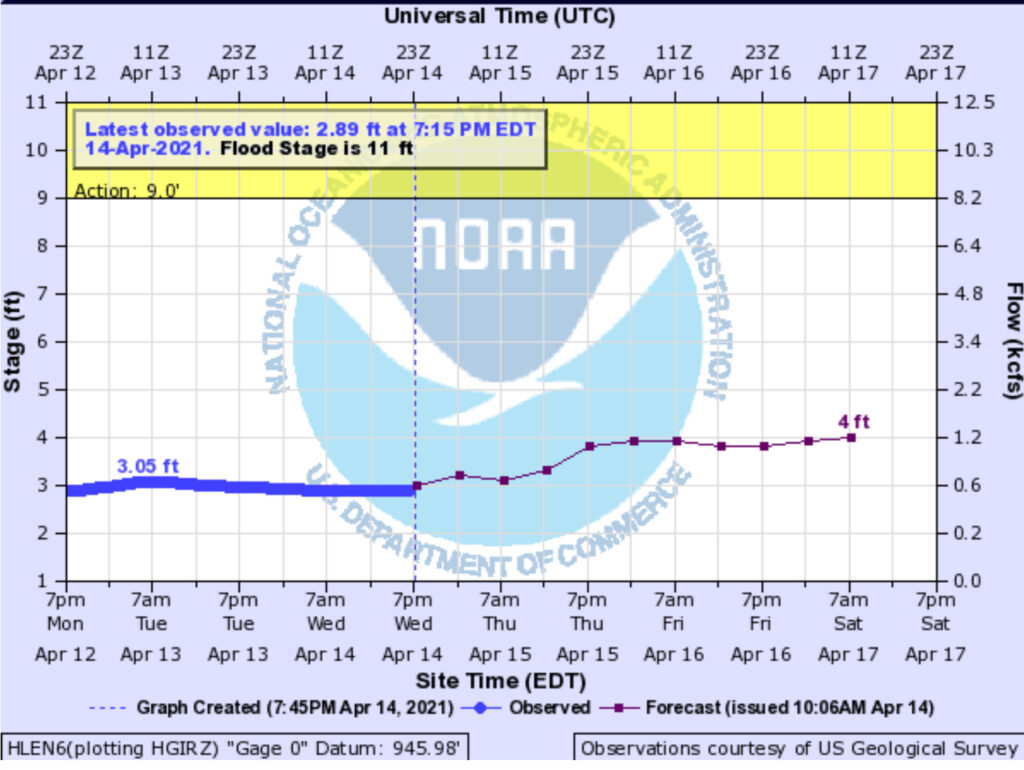
The rivers will settle down throughout next week as the air temp bounces daily from the 60’s to the 30’s. We will need more front like the one expected throughout the season. The reservoirs remain in the upper 90 percentile.
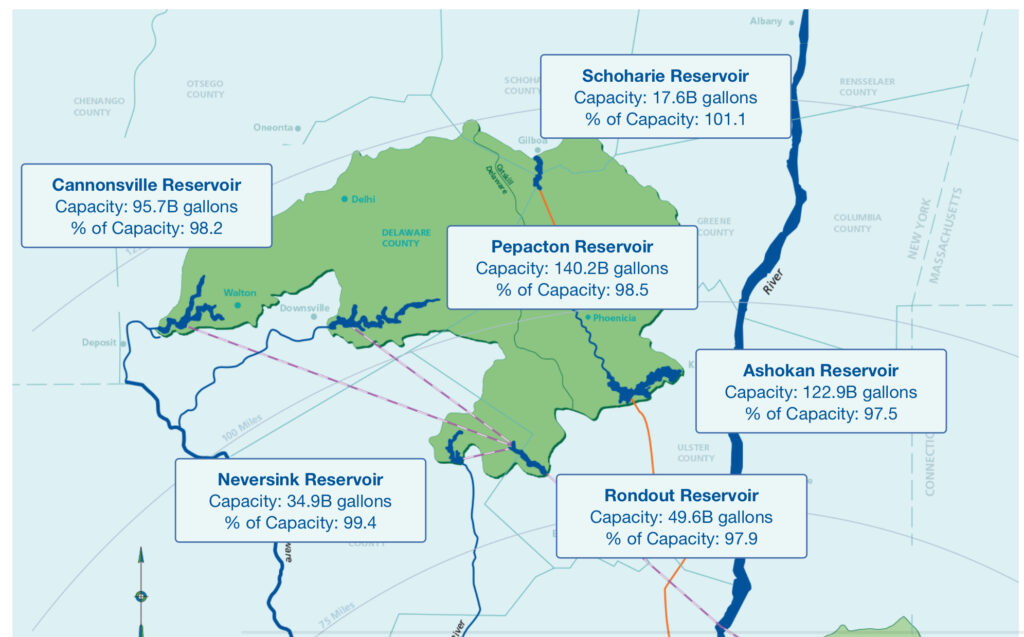
Currently Hatching
Blue Wing Olives – Size 16-18
Tiny Black Stone – Size 18
Early Stone – Size 12-14
Hatching Soon
Blue Quill – Size 16
Quill Gordon – Size 14
Hendrickson – Size 12-16
Upper Delaware 10 Day Forecast
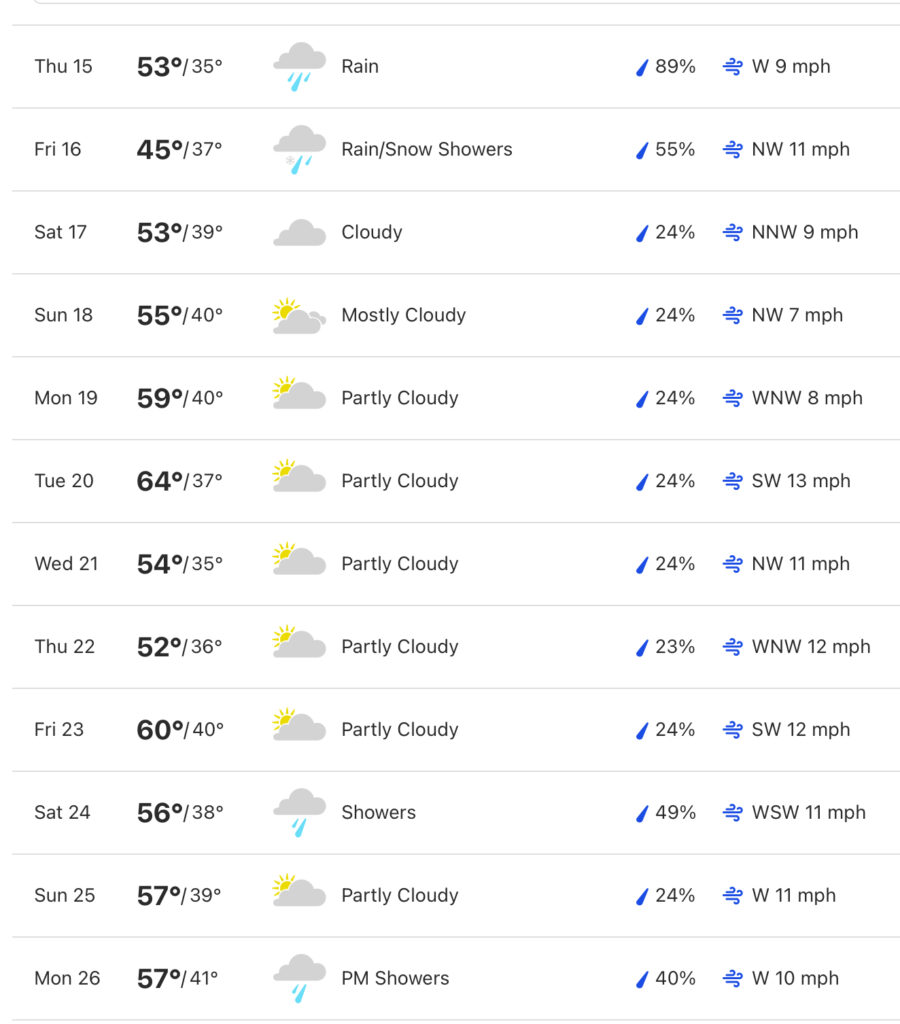
Conclusion
I think the good blanket hatches are still 2 weeks away. I see the possibility of an afternoon hatch happening assuming it doesn’t get to cold. We have a scare of snow Friday. Streamers and nymphs still the way to go when the rivers come up over the next few days. Until then keep pounding the soft edges in the warmest times of the day with nymphs.
If you haven’t booked a trip yet we have limited spots left. Please call fill out this form today to book your trip. Dry fly season is ALMOST HERE!!!
